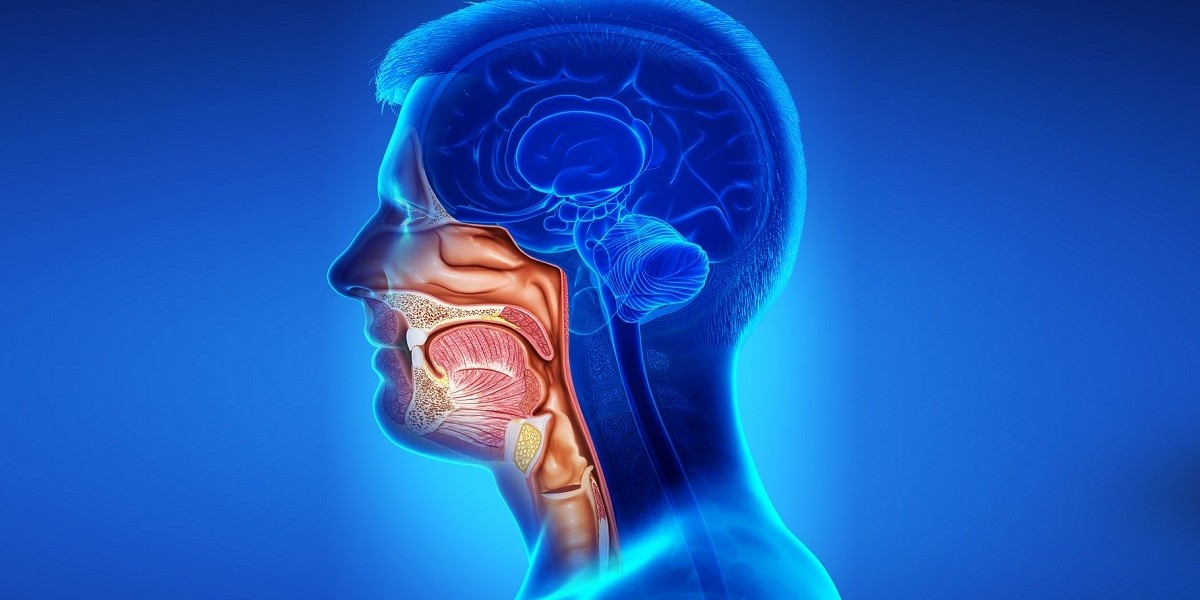Understanding Head and Neck Cancer
Head and neck cancer refers to a group of cancers that develop in or around the throat, larynx, nose, sinuses, and mouth. These types of cancer are often linked to lifestyle factors such as tobacco use, alcohol consumption, and exposure to certain viruses like HPV (human papillomavirus). While these cancers are not as commonly discussed as others, they can be aggressive and life-threatening if not detected early.
The good news? Early detection significantly increases the chances of successful treatment and recovery. At Pacific View ENT, we’ve seen firsthand how catching cancer in its earliest stages can lead to better outcomes and preserve vital functions like speech, swallowing, and breathing.
Why Early Detection Matters
Cancer in the head and neck region often goes unnoticed in its early stages because the symptoms can be subtle or mistaken for less serious conditions. For example, a sore throat, persistent hoarseness, or a lump in the neck might easily be attributed to allergies or an infection. However, ignoring these signs can allow the disease to progress silently.
When head and neck cancer is diagnosed early, treatment is often less invasive, more effective, and may result in fewer long-term complications. According to the American Cancer Society, patients with early-stage head and neck cancer have a five-year survival rate of up to 80% or more, compared to significantly lower rates for those diagnosed at later stages.
At Pacific View ENT, we offer advanced diagnostics and care for individuals at risk of head and neck cancer, helping to ensure that critical signs are never overlooked.
Common Types of Head and Neck Cancer
There are several forms of head and neck cancer, each affecting different anatomical structures. These include:
- Oral cavity cancer: Affects the lips, tongue, gums, and inside of the cheeks
- Pharyngeal cancer: Develops in the throat (pharynx)
- Laryngeal cancer: Found in the voice box (larynx)
- Nasal cavity and sinus cancer: Begins in the space behind the nose
- Salivary gland cancer: Rare, but can occur in glands such as the parotid or submandibular glands
Each type presents its own set of challenges, and detecting them early plays a crucial role in limiting their spread and preserving function.
Warning Signs You Shouldn’t Ignore
Being vigilant about symptoms is one of the best ways to catch head and neck cancer early. Some of the most common warning signs include:
- A lump or sore in the mouth or throat that doesn’t heal
- Persistent hoarseness or voice changes
- Pain when swallowing
- Unexplained weight loss
- Chronic ear pain without an infection
- Swelling in the jaw or neck
- White or red patches inside the mouth
- A sore throat that lasts more than a few weeks
Many of these symptoms can also be caused by benign conditions, such as dysphagia or hoarseness. That’s why it’s important to consult with a qualified ENT specialist who can determine the cause and recommend appropriate action.
Who Is at Risk?
Certain lifestyle and health factors can increase your risk for developing head and neck cancer. These include:
- Tobacco use: Smoking or chewing tobacco is the most significant risk factor
- Excessive alcohol consumption
- HPV infection: A known cause of oropharyngeal cancers
- Poor oral hygiene
- Exposure to workplace chemicals or dust
- Prolonged sun exposure: Can lead to facial skin cancer on the lips or skin
If any of these apply to you—or if you have a family history of cancer—it’s especially important to be proactive about routine screenings and symptom evaluation.
Diagnostic Tools ENT Specialists Use
At Pacific View ENT, we use advanced tools and imaging technology to detect head and neck cancer at its earliest and most treatable stages. These diagnostic tools may include:
- Flexible endoscopy: A small, lighted scope inserted through the nose or mouth to view the throat
- Biopsy: A tissue sample taken from a suspicious area for lab analysis
- CT or MRI scans: Used to assess the size and location of tumors
- Ultrasound: Especially useful for detecting neck masses
- HPV testing: May be performed in cases of oropharyngeal cancer
The diagnostic process is thorough but non-invasive and helps determine the best course of treatment.
Treatment Options for Head and Neck Cancer
If cancer is detected, treatment will depend on the location, stage, and type of cancer, as well as the patient’s overall health. Common treatments include:
- Surgical removal: For accessible tumors or in combination with other treatments
- Radiation therapy: Often used in early-stage cancers or to prevent recurrence
- Chemotherapy: Used for more advanced stages or when cancer has spread
- Targeted therapy: Drugs that specifically attack cancer cells without harming normal cells
- Reconstructive surgery: To restore function and appearance after cancer removal
Our clinic works with oncologists and other specialists to coordinate care and ensure the best possible outcome for each patient.
Recovery and Long-Term Care
Even after treatment, long-term monitoring and rehabilitation are critical to ensuring full recovery. Patients may need:
- Speech or swallowing therapy
- Ongoing imaging to detect recurrence
- Nutritional counseling
- Reconstructive follow-up care
Managing the side effects of treatment—such as dry mouth, difficulty speaking, or cosmetic changes—is part of the recovery process, and our care team is with you every step of the way.
How to Be Proactive About Your Health
Preventing head and neck cancer starts with minimizing risk and staying informed. Here’s what you can do:
- Quit smoking and avoid tobacco products
- Limit alcohol intake
- Get vaccinated for HPV
- Practice good oral hygiene
- Visit your dentist and ENT specialist regularly
- Seek evaluation if symptoms persist longer than 2–3 weeks
If you notice any persistent issues involving your mouth, throat, ears, or voice—don’t ignore them. Even if symptoms seem minor, early evaluation can make a major difference.
Specialized Head and Neck Cancer Care in Camarillo
At Pacific View ENT, we understand how overwhelming a cancer diagnosis can be. That’s why we focus on early diagnosis, compassionate support, and evidence-based treatment. Our board-certified ENT specialist, Dr. Armin Alavi, has extensive experience in evaluating and treating head and neck cancers and their related conditions.
Whether you’re dealing with unexplained hoarseness, a persistent sore throat, or visible changes in your oral health, we encourage you to schedule an evaluation with our team. We also offer services for voice disorders, tonsils, and thyroid gland conditions that can sometimes mimic or coexist with cancer.
? Call us today at (805) 335-1690 to speak with a member of our team.
? Or request an appointment through our secure contact form. One of our representatives will be in touch to schedule your visit as soon as possible.
We’re here to help you take control of your health—with care that’s both proactive and personal.







